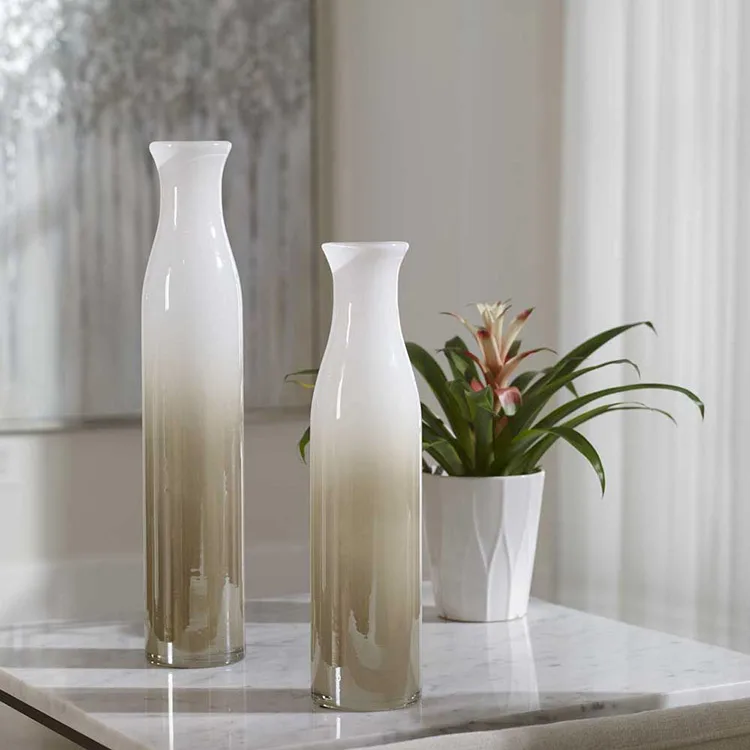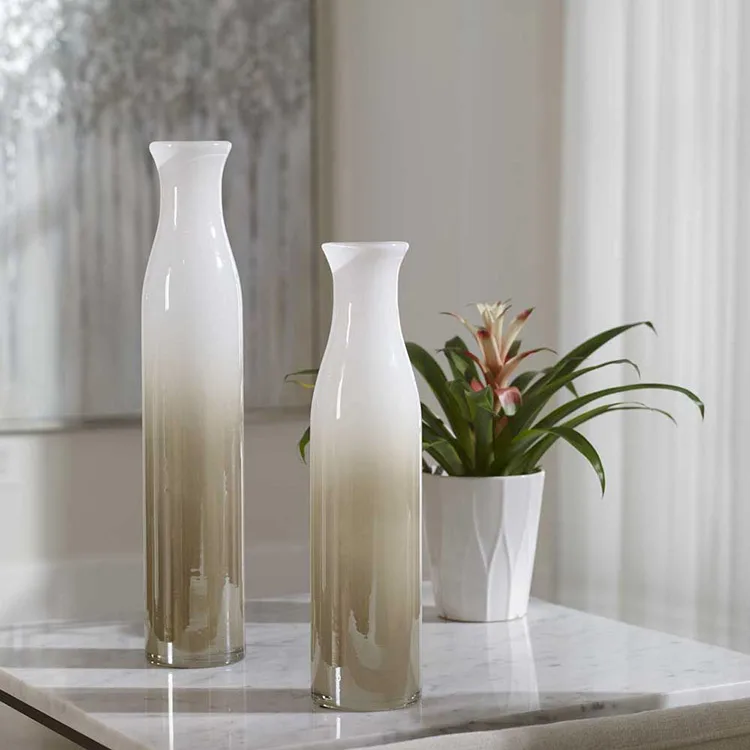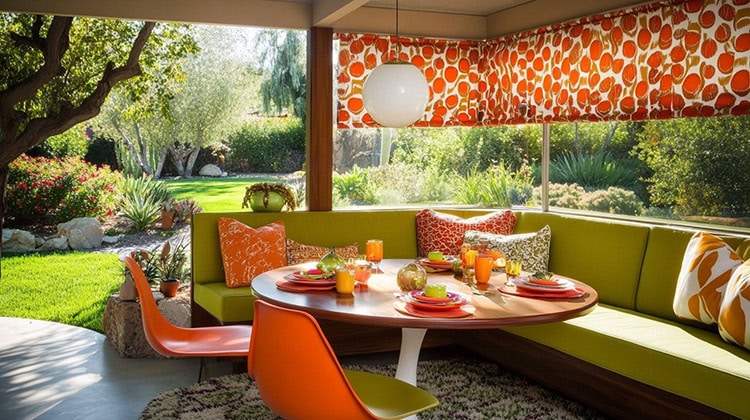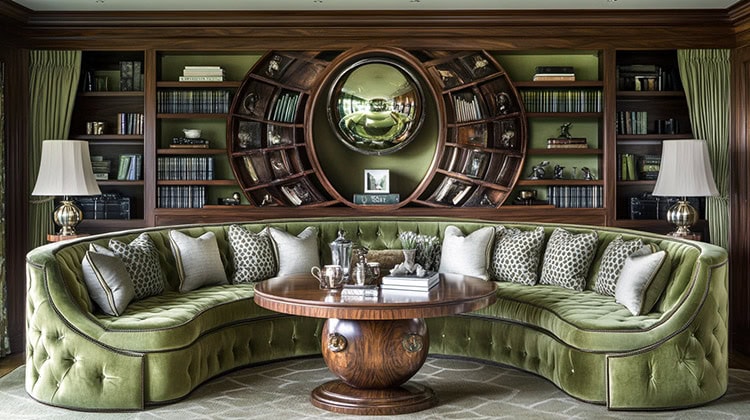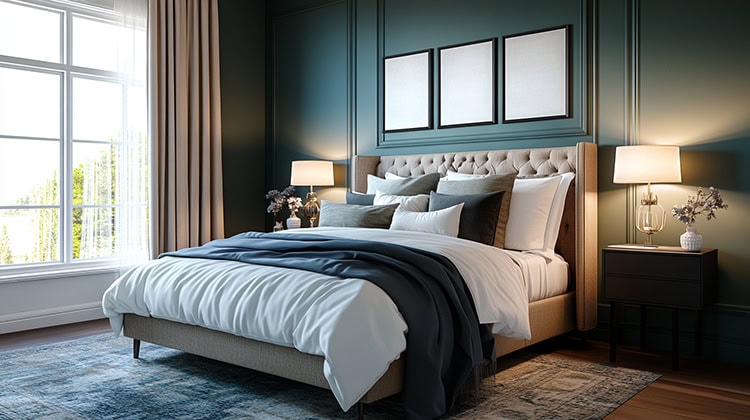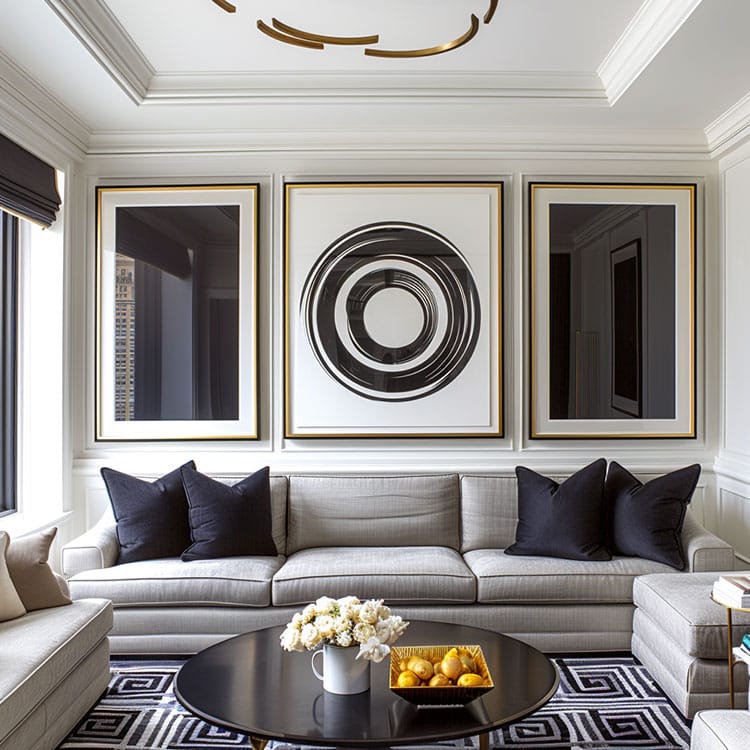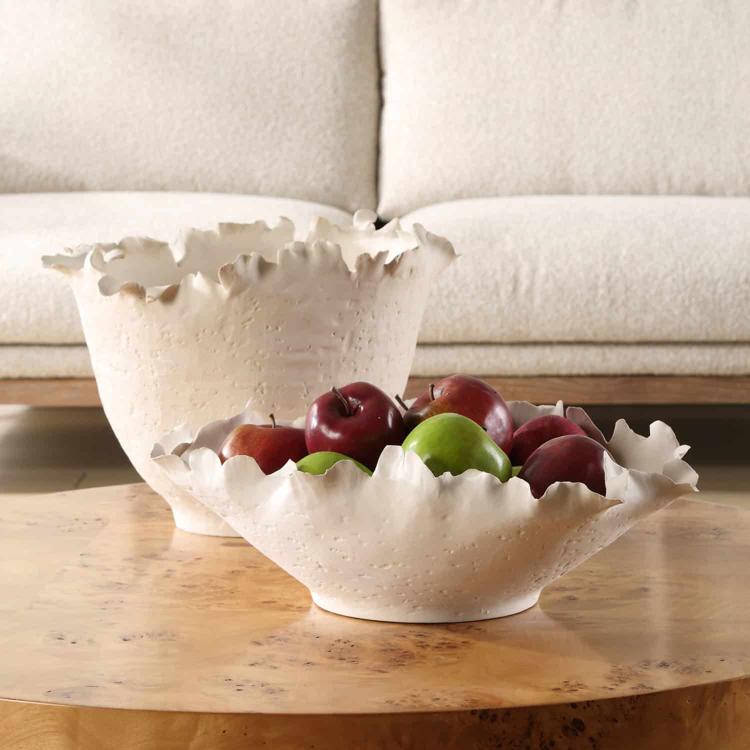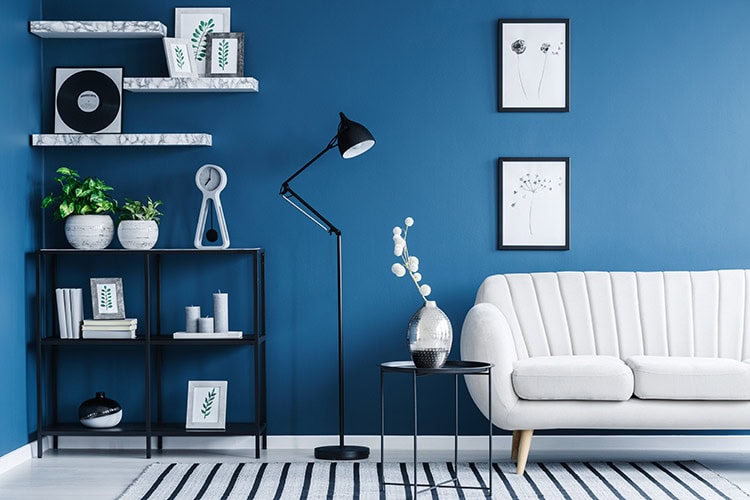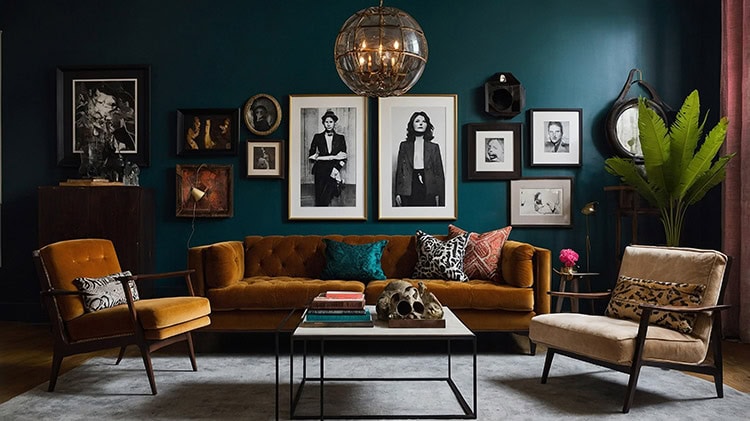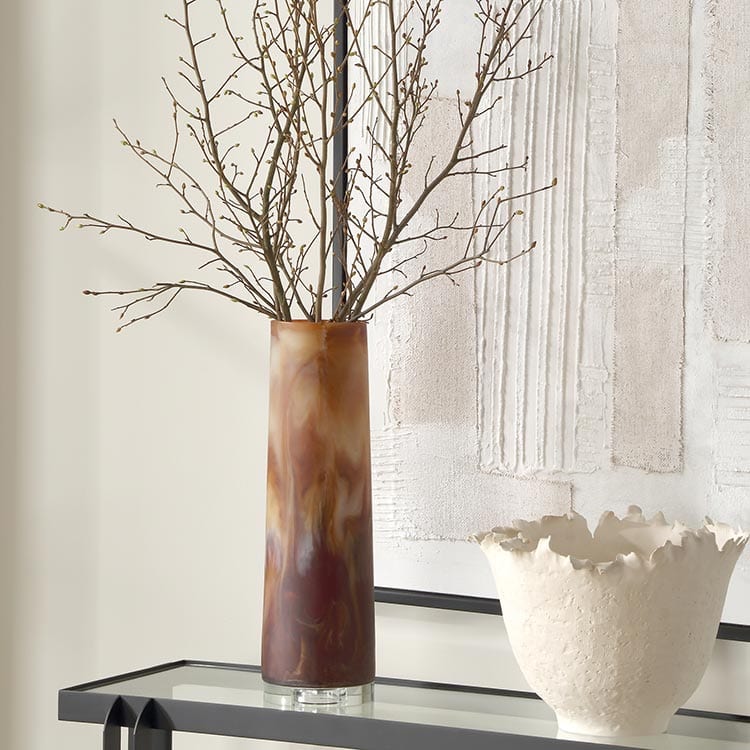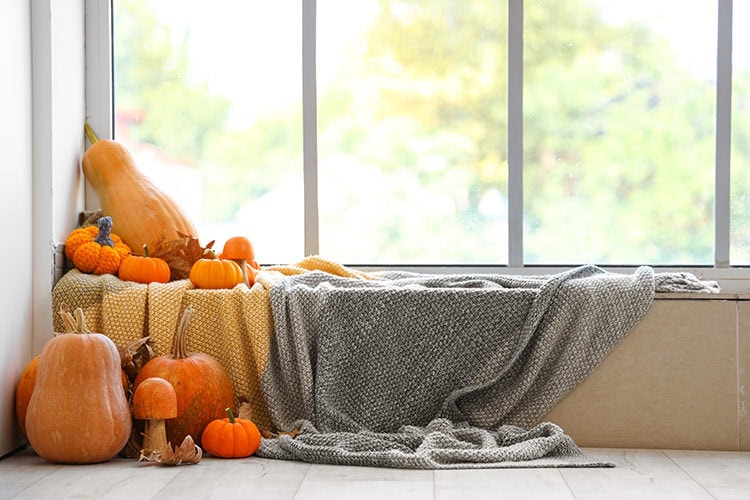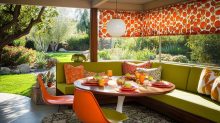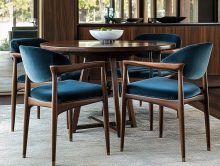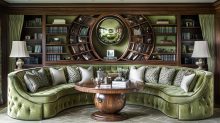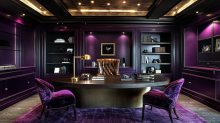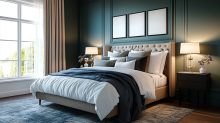Transitional design is perfect for those who appreciate the comfort and warmth of traditional design and the clean lines and sleekness of the contemporary look. Decorating in transitional style gives you the best of both without going to extremes–a meeting in the middle, so to speak. This blending of contemporary and conventional gives spaces a distinctive look that’s streamlined and harmonious, which for many homeowners, is just right.
Why Transitional Design Works
Transitional design style works because it gives you the best of both worlds: you get to keep close to what’s comfortable and familiar, while still having the flexibility to follow trends and freshen up as often as you’d like. In a nutshell, transitional design is a dependable style that will stand the test of time.
Elements of Transitional Design Style
Some basic elements that make transitional distinctive are:
- Subtle color palettes
- Warm to chocolate brown wood tones
- Tasteful, signature pieces displayed
- An abundance of texture and pattern
- Mirrored, glass and metallic furnishings and decor
Interior Overview
The interior of a transitional space will have a sophistication that is both comfortable and classic. There will be a marriage of traditional and modern furniture, finishes, materials, and fabrics. Flooring is neutral and consists of light colored carpet or wood flooring in warm tones.
Window treatments are often solid in color and modest. When dressing your windows, think simple, yet elegant. Basic drapery panels, bamboo blinds, and Roman shades in neutral hues are perfect for transitional interiors. Layering window treatments allow you to break up the neutral palette with texture.
Accessories are kept to a minimum, focusing on only displaying signature pieces. Artwork and photos are displayed, but in an understated way, encompassed in simple white mats and frames with clean lines. Simple lines, neutral color schemes and added warmth make for a harmonious space.
As a whole, transitional interiors should feel serene. If your interior doesn’t calm you, take time to sift through everything within the space, removing or rearranging anything that inhibits a unified look.
Furniture
Furniture pieces will be a combination of curves and straight lines. This blend creates a balance of masculinity and femininity. Pieces are of average scale, which keeps them comfortable rather than intimidating. To keep focus on the simple sophistication of the pieces, there will be a lack of decoration and ornamentation.
When using older furniture styles, look for updated versions of them, such as a modern wingback chair. Using an updated version allows you to keep with the classic style but in a fresh way. Consider having one custom made for your home, unless you are a savvy DIYer.
Colors
A transitional home will have a monochromatic color scheme, so if you’re a color junkie, this may not be the ideal design style for you. Colors are neutral and often include cream, taupe, gray, beige, or tan. Warm brown and chocolate wood tones are used to add depth to the subtle palette. With that said, if you dig this design style and feel as though you have to have a jolt of color, just be selective. Instead of splashing color everywhere, keep it to a few accents, such as a pair of lamps or a few throw pillows, strategically placed around the space.
It’s important to understand, however, that a monochromatic color scheme is anything but boring. By the time you layer in all the other elements of the design style, you’ll get a look that’s actually very eye-catching.
Textures and Patterns
Texture and pattern are especially important because of the lack of color within a transitional palette. There will be a balanced mixture of textures, including smooth textures, uneven textures and everything in between. Popular transitional style fabrics include corduroy, leather, cotton, chenille, denim, twill, raw silk, microfiber suede, and tweed. Don’t go overboard, though, or you won’t achieve the sleek elegance that essential to transitional design. Patterns are mainly tone-on-tone designs or small-scale graphics.
If you are looking for a fabric store near you in Seabrook, we have just what you need! Come by our location in Houston where you will find everything from comfortable cotton fabrics, to luxurious Dupioni silks and even some of the best faux leathers!

